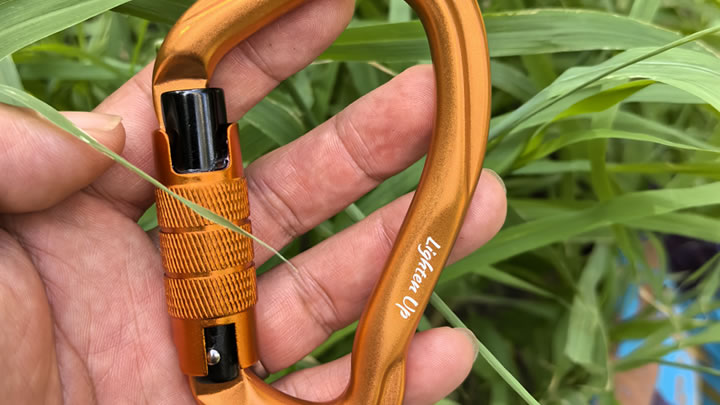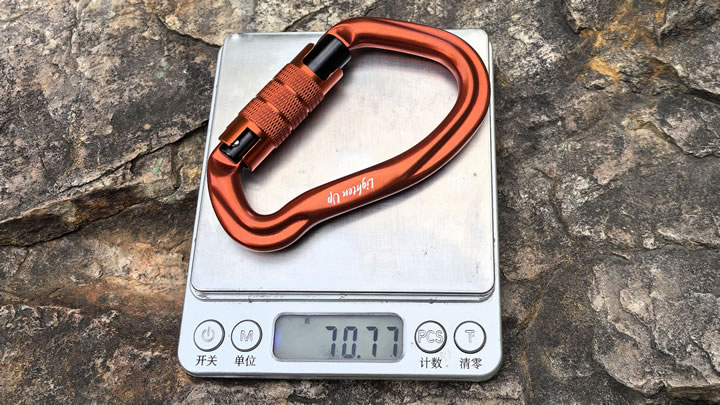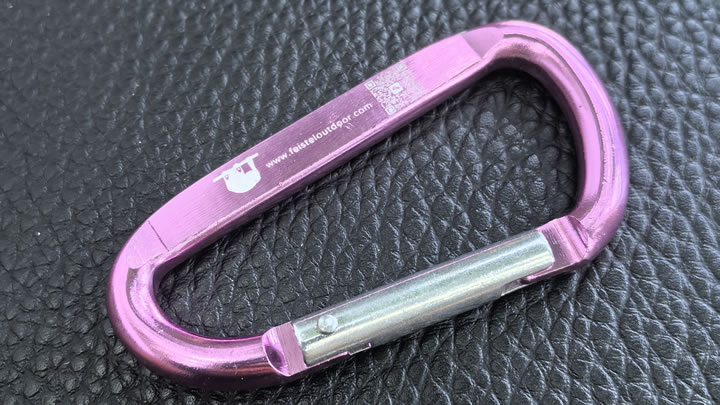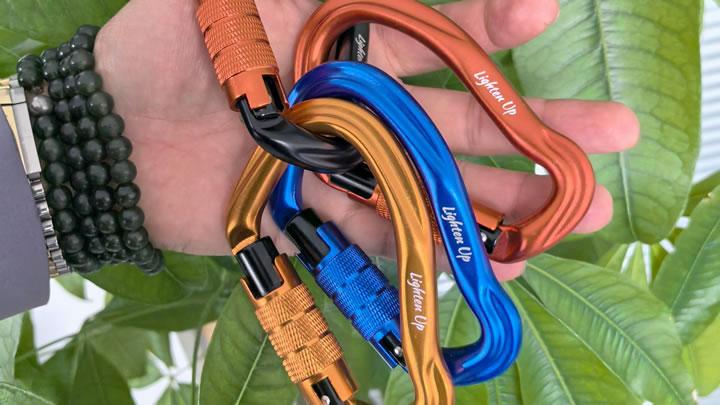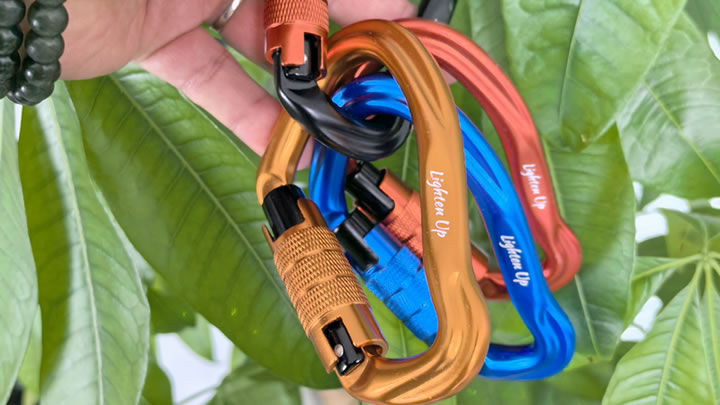How to properly use trekking poles for hiking?
How to Properly Use Trekking Poles for Hiking: The Complete Technique Guide
Trekking poles can transform your hiking experience - but only if you use them correctly. Many hikers unknowingly reduce their effectiveness by making simple mistakes in grip, positioning, and rhythm. This comprehensive guide will teach you professional techniques to maximize stability, reduce fatigue, and protect your joints on every trail.
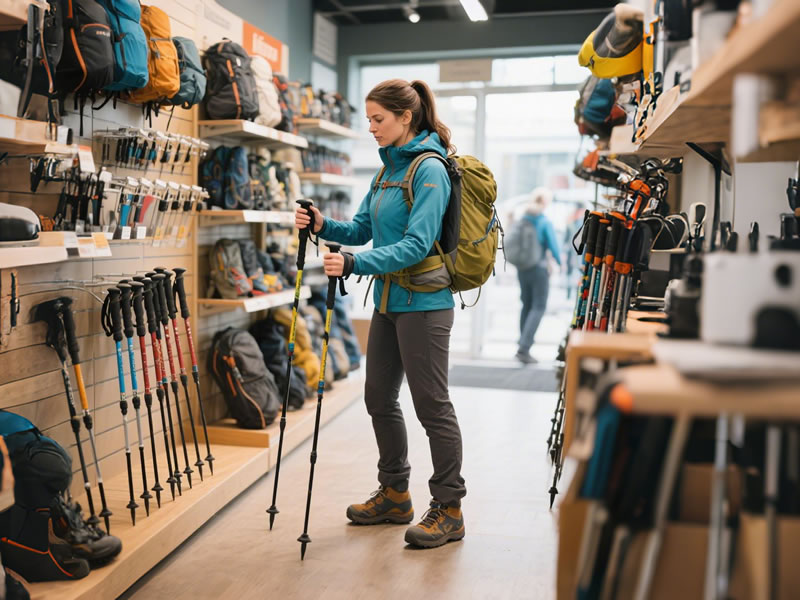
The Fundamentals of Proper Pole Use
1. Correct Length Adjustment
- Flat terrain: Adjust so elbow forms 90° angle when gripping
- Uphill: Shorten poles 5-10cm for better leverage
- Downhill: Lengthen poles 5-10cm for optimal support
- Quick check: Standing straight, pole should form right angle at elbow
2. Proper Grip Technique
- Slide hand up through strap from below
- Let strap take weight rather than tight grip
- Maintain relaxed hand position (prevents fatigue)
- Adjust strap tightness for secure but comfortable fit
Advanced Techniques for Different Terrain
Uphill Hiking
- Plant pole slightly behind body
- Push down through strap to propel forward
- Shorten poles for steeper ascents
- Use arms to share workload with legs
Downhill Hiking
- Lengthen poles for better reach
- Plant pole slightly ahead of foot
- Use poles to absorb impact
- Maintain light grip to reduce vibration
Uneven/Rocky Terrain
- Use poles to test ground stability
- Plant two points before committing weight
- Quick, light touches rather than deep plants
- Alternate planting for maximum balance
Common Mistakes to Avoid
❌ Gripping too tightly (causes fatigue)
❌ Swinging poles too far forward
❌ Using incorrect length for terrain
❌ Dragging poles behind
❌ Neglecting wrist straps
Training Your Rhythm
- Start with flat, easy trails to practice
- Focus on opposite arm/leg movement
- Develop natural planting cadence
- Gradually increase difficulty
- Video yourself to check form
Maintenance for Optimal Performance
- Regularly check locking mechanisms
- Clean poles after muddy hikes
- Replace worn tips and baskets
- Lubricate adjustable sections
- Inspect for cracks or damage
Pro Tips from Seasoned Hikers
"Think of your poles as extensions of your arms - they should move as naturally as your walking rhythm." - Sarah, AT Thru-Hiker
"On long descents, I imagine my poles are shock absorbers for my knees." - Mark, Mountain Guide
"Practice without poles occasionally to appreciate how much they help." - Lisa, Backpacking Instructor
When to Adjust Your Technique
- Heavy pack: More weight through poles
- Fatigue: Use poles more aggressively
- Injury: Modify grip or length as needed
- Weather: Adjust for slippery conditions
- Altitude: More reliance on poles at elevation
Final Thoughts
Mastering proper trekking pole technique will:
✓ Reduce joint impact by up to 30%
✓ Improve your balance and stability
✓ Increase hiking endurance
✓ Make challenging terrain easier
✓ Help prevent injuries
Remember: Good technique takes practice. Start with short hikes to develop muscle memory, and soon proper pole use will become second nature on the trail.
#HikingTechnique #TrekkingPoles #HikingTips #OutdoorSkills

